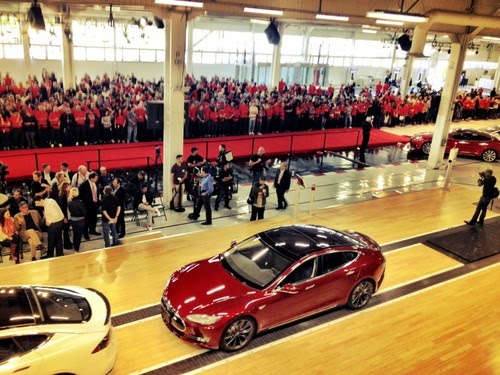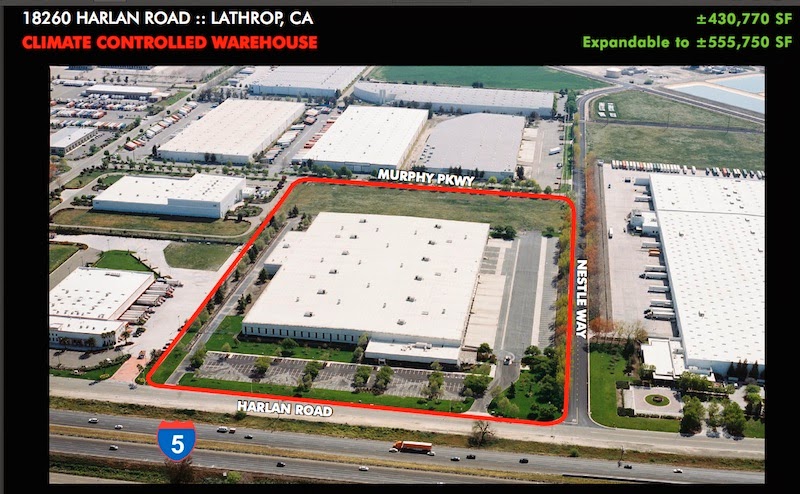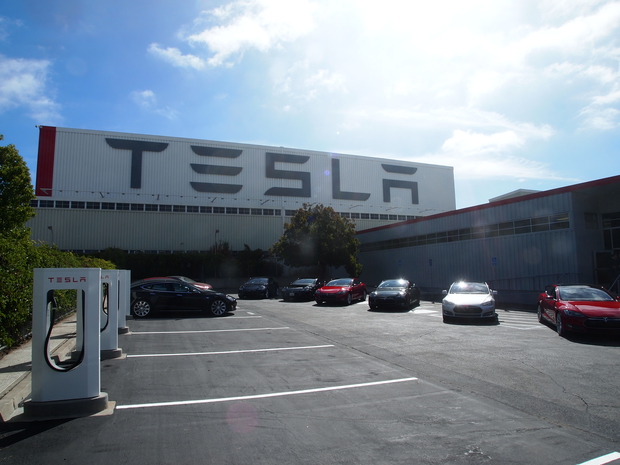Does Tesla Motors owe its existence to government subsidies? More than once the company was on the edge of bankruptcy, and kept afloat by infusions of capital, and of course their products (Model S) are sold in part because of government subsidies for electric cars. Recently a big news outlet (I didn’t catch which one – LA Times?) published a piece many are talking about, saying that Elon Musk’s three companies – SpaceX, Tesla Motors, and Solar City – all wouldn’t exist if it weren’t for government subsidies. All three receive some kind of government subsidy, and are getting big (supposedly) at the expense of taxpayers. I’m not going to try and find the article that’s causing the recent hullabaloo, because I think the issues are all well known anyway, but I do have some things to say on this topic having closely covered the company since 2009 or so.
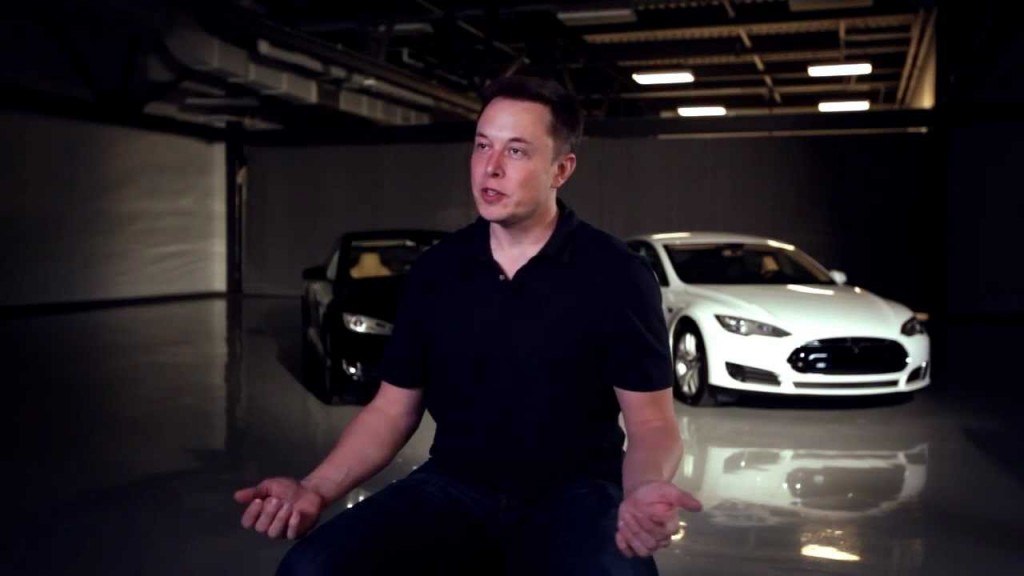 Let me start by observing that some companies do have the primary purpose is to gobble up the public trough, that is grab government subsidies, but are those companies examples of great excellence? Typically not. Tesla Motors is out-executing all the other automakers (except maybe Nissan-Renault) by delivering cars and infrastructure that should make everyone else in the business ashamed. The Model S got a perfect score from Consumer Reports, for instance, and the Supercharger network makes the Model S the first electric car to be capable of proper road trips.
Let me start by observing that some companies do have the primary purpose is to gobble up the public trough, that is grab government subsidies, but are those companies examples of great excellence? Typically not. Tesla Motors is out-executing all the other automakers (except maybe Nissan-Renault) by delivering cars and infrastructure that should make everyone else in the business ashamed. The Model S got a perfect score from Consumer Reports, for instance, and the Supercharger network makes the Model S the first electric car to be capable of proper road trips.
In other words, if Tesla Motors sole concern was gobbling away at the public trough would they be doing their business with such excellence?
Yes, Tesla Motors has been running at a loss for its entire existence, except for the first quarter of 2013. And while that means the company needs to constantly raise money to stay afloat, does that mean the company is being propped up by government dollars? I don’t think so. For example, in the quarter when Tesla suddenly decided to pay off the Dept. of Energy loan, they conducted a large (?$800 million?) share offering to raise money, part of which went to pay off the loan.
The more important question is – WHY IS TESLA RUNNING AT A LOSS?
They’re not doing so to keep gobbling away at the public trough. They’re doing so to build factories to launch the next phases of the corporate growth plan. In the immediate term, Tesla Motors is ramping up for Tesla Model X production – that’s due to go on sale late this year. In the medium term, Tesla Motors is ramping up for Model 3 production – 100,000+ cars per year, 200+ mile range, $35k MSRP. The Model 3 takes the Model S technology and reworks it for the rest of us. Parallel to those they’re launching a whole new line of business, Tesla Energy, selling grid energy storage products. Along the way the company is building a massive factory in Nevada and upgrading the factory in Fremont, all to expand the company to be capable of producing all that stuff.
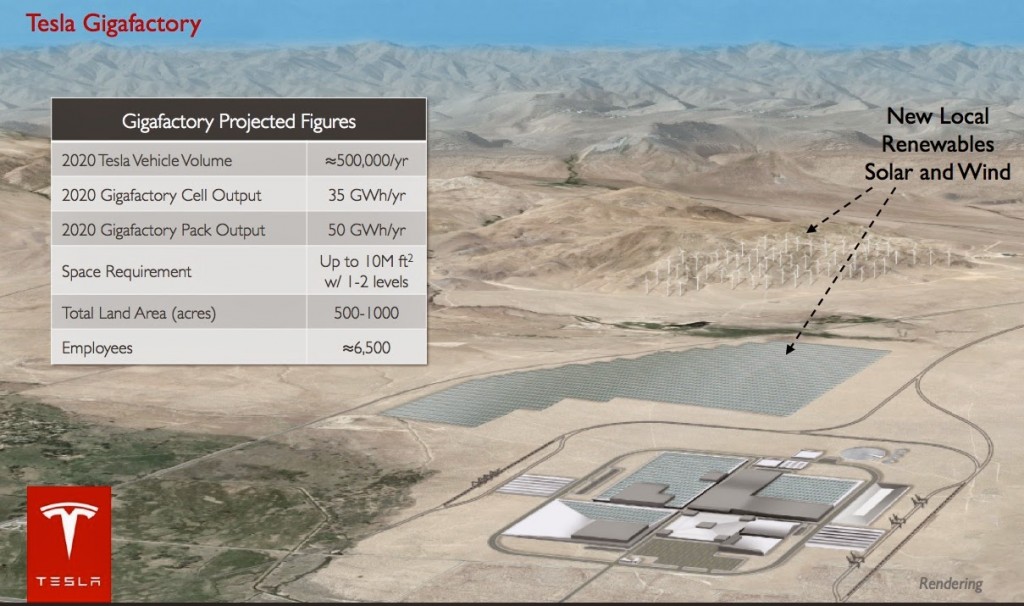 The battery Gigafactory in Nevada exists in order to build enough batteries for the Model 3, and for the Tesla Energy storage products. The total cost is over $5 billion.
The battery Gigafactory in Nevada exists in order to build enough batteries for the Model 3, and for the Tesla Energy storage products. The total cost is over $5 billion.
The company is apparently expanding their facility in Lathrop, which is being used for manufacturing certain parts.
The Fremont factory is receiving new production equipment to allow for new production lines so that volume can drastically jump to handle both Model X and Model S production. The goal is a sharp ramp-up of Model X production starting in a few months.
All this factory-and-production-capacity-building activity costs dollars. In the financial world it’s called Capital Expenditures, which is a fancy way to say they’re investing today in factory equipment so that next year the company will be raking in far more revenue than it does today. This is simple capitalism at work – the corporation invests capital, builds a factory, and can start selling products.
Is there government subsidies involved? You betcha. The Gigafactory got a big incentives package from the State of Nevada. That incentives package got some negative backlash, which Elon Musk urgently defended.
However, seems to me that lots and lots and lots and lots of companies get incentives. Especially when there’s a large factory at stake. It’s commonplace for states to compete with each other, dangling incentives packages to corporations to lure factory operations to their state. What’s different between Tesla Motors competition between several states last year, and other corporations who play states off against each other to choose factory locations?
This process is sickening – it probably contributes to corruption in public officials – but is there anything unique about Tesla Motors in this regard? No.
- Is there enough Grid Capacity for Hydrogen Fuel Cell or Battery Electric cars? - April 23, 2023
- Is Tesla finagling to grab federal NEVI dollars for Supercharger network? - November 15, 2022
- Tesla announces the North American Charging Standard charging connector - November 11, 2022
- Lightning Motorcycles adopts Silicon battery, 5 minute charge time gives 135 miles range - November 9, 2022
- Tesla Autopilot under US Dept of Transportation scrutiny - June 13, 2022
- Spectacular CNG bus fire misrepresented as EV bus fire - April 21, 2022
- Moldova, Ukraine, Georgia, Russia, and the European Energy Crisis - December 21, 2021
- Li-Bridge leading the USA across lithium battery chasm - October 29, 2021
- USA increasing domestic lithium battery research and manufacturing - October 28, 2021
- Electrify America building USA/Canada-wide EV charging network - October 27, 2021




